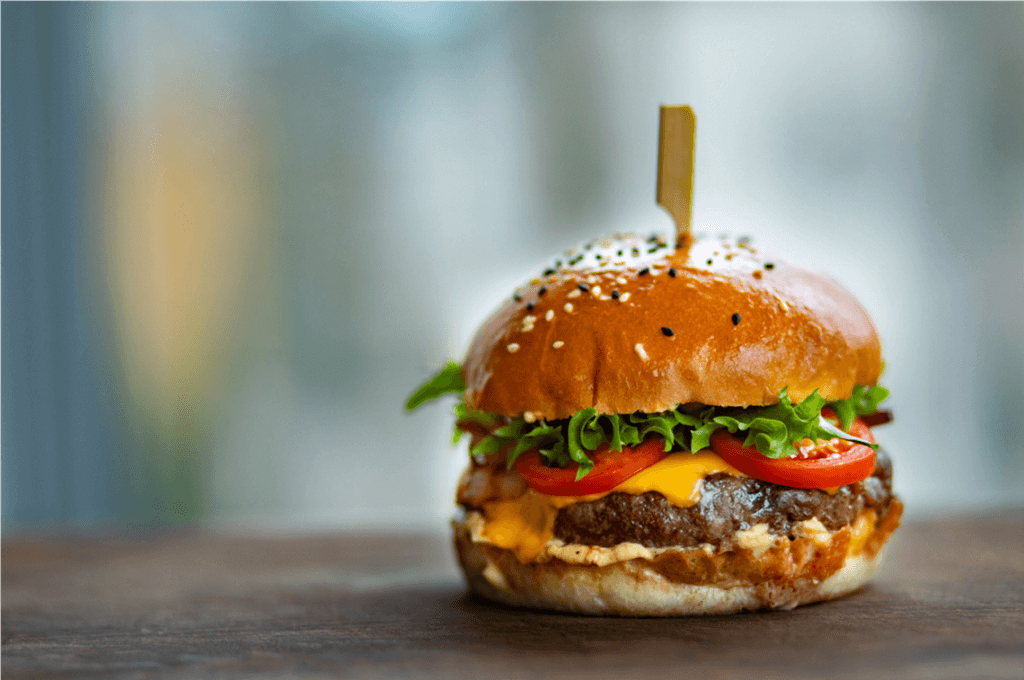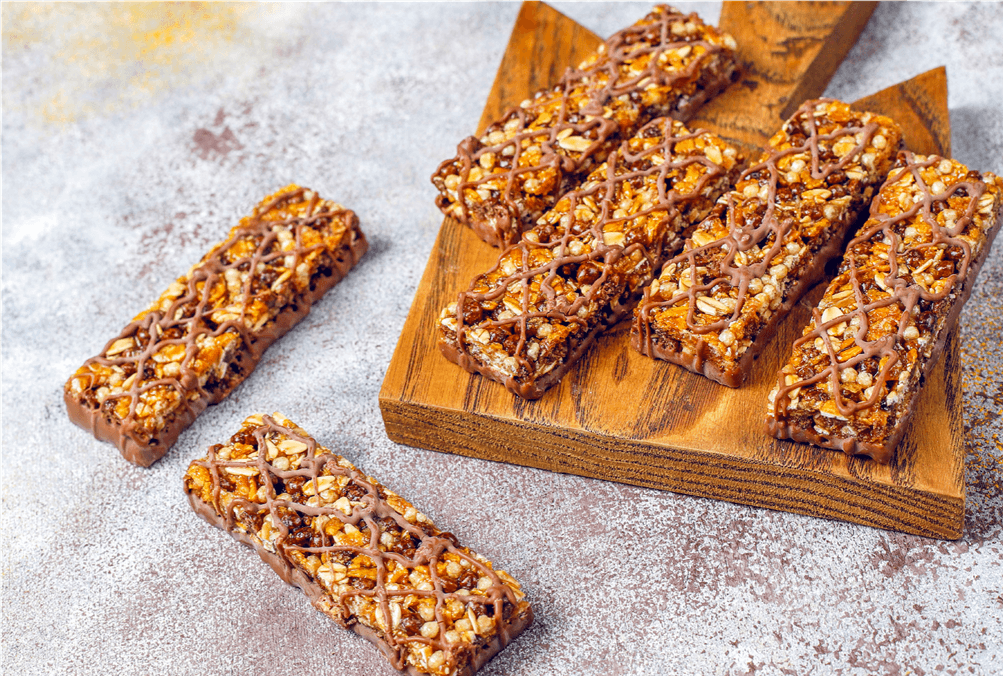Meat alternatives represent a glimpse of the future and a gesture of goodwill towards our planet’s resources. There are various kinds: from “classic” vegetables to cultured meat. A challenge which by 2030 will claim 6% of the global market.
Protein from Alternative Sources
With a portion of the market giving meat the side-eye, and with the awareness that a certain amount of protein is essential to keeping our bodies healthy, research is more and more persistently focusing on so-called alternative proteins, derived from sources other than those strictly connected to animal farming.
Various studies are being conducted, all with the common goal of becoming part of a market which is experiencing significant growth, as demonstrated in a recent study by the Good Food Institute which, looking to the future, predicts that by 2030 the sale of vegetable-based meats will claim a full 6% of the global market.
Furthermore, according to an analysis by the Boston Consulting Group2, this positive trend involves not only market shares, but also the tendencies of consumers, with vegetable proteins expected to be able to compete against their animal counterparts in terms of price, flavour, and consistency by around 2023.
And while these alternatives are made with well-known vegetable sources, like soy and rice, other vegetable-based raw materials are also gaining momentum, such as lupins, peas, wheat, sunflower seeds, and hemp, as well as algae and micro-algae. And not too far on the horizon we can expect cultured meat and insects.
A Demanding Consumer
How do consumers choose their products made with alternative proteins? A fundamental aspect seems to be resemblance: the product must not only provide a source of protein, but must also resemble meat in terms of how it feels in the mouth, how it looks, and how it tastes.
This is why, in the development of new products, companies must adopt a holistic approach, taking into account ingredients and technologies, as well as market trends and various culinary influences.
A focus, therefore, on flavour, consistency, and colours. To this end, the market is beginning to present a wide variety of innovative extrusions, binding systems, and stabilizations like panades and coatings, with grain-based functional ingredients in first place, due to their ability to offer technological benefits.
Digitalization and Processing Technologies
Digitalization plays a key role in the alternative protein sector as well. Essential to reducing time and costs in product innovations, digital configurators also make it possible for producers to assemble the desired product in less time.
Extrusion processes are often used to obtain a consistency similar to that of meat. Depending on the process, it’s possible to produce dry granules which are further transformed into products which resemble ground beef or, through “wet” extrusion, fibrous protein structures used, for example, in vegetarian cutlets.
With extrusion technologies, all users, from start-ups to large scale producers of meat-alternative solutions, are able to satisfy the growing market demand and develop new products. Furthermore, modern technologies also make it possible to use alternative proteins like those from hemp and micro-algae.
The further processing of raw materials for the production of “meat” balls, cutlets, or sausages is, on the other hand, performed using the classic machinery for meat processing, like pastry cutters, meat grinders, filling machines, and extrusion machines. Here tradition is making way for the present, adapting itself to the market’s new raw ingredients.
Cultured Meat and Protein from Insects

The great challenge of cultured meat sees new players at the starting blocks. Biotechnology start-ups all around the world are working in their laboratories, researching the meat of the future. The principle is the same: stem cells are drawn via biopsy from the muscular or adipose tissue of a mother animal and subsequently multiplied in enormous bioreactors.
The use of 3D printers and special supports makes it possible to create meat-based products. To help consumers accept these products and limit their prices, companies are researching vegetable-based nutritional solutions that replace animal whey.
Despite the fact that cultured meat seems promising, it will face three major challenges: research, which must be financed by public funds; further development in the regulatory framework, which creates a context that is advantageous to producers and consumers; and widespread information which allows consumers to evaluate this type of product with objectivity and trust.
In terms of insects, the sector, which is currently characterized by SMEs and start-ups in Europe, and in particular in Germany, must achieve a level of automation. Given that they are living organisms with varying sizes, shapes, and vital parameters, insects pose enormous challenges to automation.
The objective is, with the help of sensor technology and analysis software based on artificial intelligence, to encourage their industrial cultivation in order to make this raw material available on a large scale, and ultimately be able to select insects with certain specific characteristics (for example fat/chitin content), to be proposed for specific uses.
The topic of meat alternatives is so relevant that 200 of the approximately 900 exhibitors at IFFA 2022 in Frankfurt will be representing this sector.
DOWNLOAD HERE A FREE COPY OF FOOD PROCESSING 3-2022







